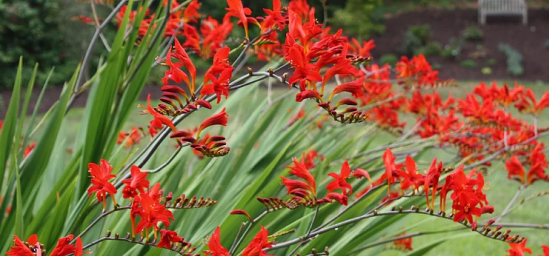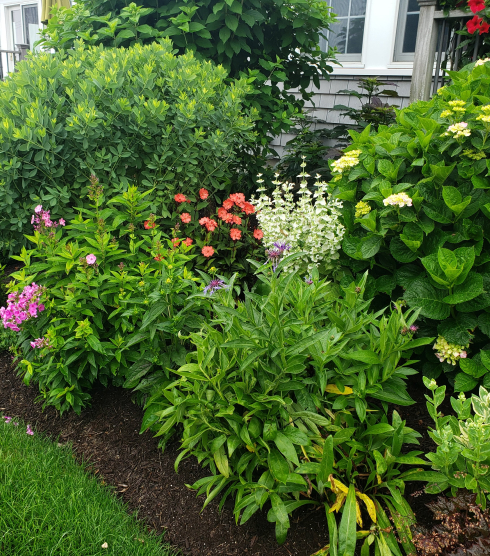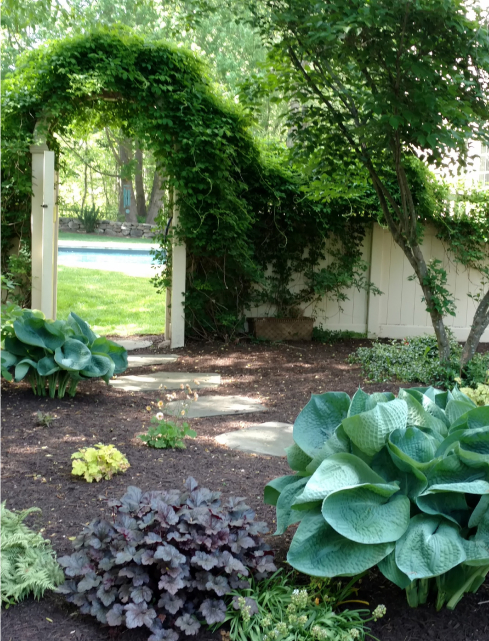Fine Gardening

Are you one of those people who are underwhelmed by their landscape? Maybe you look around and look at the ho-hum boring green shrubs, the flower beds that lack color and organization and think “Oh man, I wish I could have one of the gardens in I see in those magazines! They're always so beautiful and full of color!” Well, take heart. A beautiful yard you can be proud of and love spending time in is within your reach. It starts with changing your mindset from ho-hum vanilla, status quo – to something Beyond Sameness with an approach known as Fine Gardening.
First, it's important to clear up any misconceptions about Fine Gardening. Fine Gardening is not “maintenance” and it's certainly not “mow-blow-n-go”.

”FINE GARDENING IS THAT EXTRA TOUCH THAT
BRINGS LANDSCAPING FROM AVERAGE TO WOW”.


Fine Garden Care requires more focused efforts than most of the work put into conventional landscape maintenance. Precise actions that include:
-
Detailed Bed Care
Detailed bed care involves weeding, dividing or transplanting when necessary, essential soil management, precise edging and proper mulching techniques .
-
Perennial Flower Care
Deadheading spent flower blossoms as they pass, removing dead leaves, staking or tying plants if they need a bit of extra support, shaping just a little if needed.
-
Ornamental Shrub Care
Selecting specific branches to prune by hand that will benefit not the shape of the shrub, but the overall health of the shrub. Light shaping is sometimes done during the season to maintain form. This is different from actual pruning and is done for aesthetics.
-
Roses, Espaliers and Vines
Roses require special care: detailed pruning and feeding for garden roses, ground roses and topiaries. Training climbing roses and vines to grow in a manner that is both purposeful and aesthetically pleasing. Carefully keeping espaliers growing in the manner that they should and pruning out unnecessary branches.
-
Pest and Disease Management
Not all bugs are bad. The key is recognizing the difference between beneficial and harmful insects. Recognizing beneficial insects that will naturally help suppress pest populations is important. Beneficial insects can also be released to help augment existing populations. An integrated approach to managing pests and diseases begins with maintaining plant health. Regular inspections are essential to detect pest populations before they reach damaging levels.